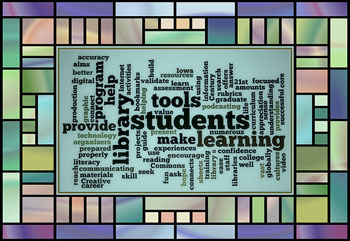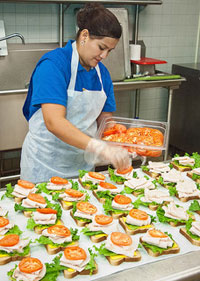
Source: RELIABLE, Prehensile Eye, Flickr
When revising your persuasive essay, you need to be sure that your evidence comes from the most reliable sources you can find. For example, in the introduction, we discussed a study published by the Journal of Clinical Nutrition. This is a scholarly journal, and all of the articles are written and evaluated by experts in the field of clinical nutrition. If you wanted to learn about the effects of dairy calcium on weight loss, you could use this journal to reference a study by experts in nutrition as opposed to a blog post by your cousin Kate about how she lost 10 pounds in two months after switching from cereal to yogurt for breakfast.
In the lesson “Writing the Persuasive Essay: Analysis of Relative Values of Specific Data, Facts, and Ideas,” you learned how to determine whether or not a source is reliable. (If you haven't read that lesson in the Related Resources, you may want to do so now or after you finish reading this lesson.) As you revise your essay, you will need to decide whether the sources you rely on are appropriate to your audience. For example, you might want to carefully consider scholarly journal articles before you use them. You will have to think about how you will present the information contained in such an article as some articles can be difficult to understand if a reader isn't an expert or at least somewhat knowledgeable in the particular field the journal reports on.
For example, information contained in articles from scholarly journals might be too technical for students; you might want to find articles that contain anecdotes and illustrations. However, if you are trying to persuade school administrators or cafeteria managers, you might want to use the most up-to-date research you can find. Regardless, your sources need to be
- relevant to your audience, meaning the source is something that your audience will have an interest in or understand;
- relevant to your argument, meaning the evidence directly supports the argument you are making; and
- credible to your audience, meaning that your audience will find your sources trustworthy and, therefore, believe your arguments, too.

Source: Apr. 6 - Librarians Do This, Carol VanHook, Flickr

Source: 20111025-FNS-RBN-2003, USDAgov, Flickr
In 2010, the United States Department of Agriculture (USDA) changed the nutritional guidelines for the National School Lunch Program for the first time in fifteen years. The goal of these changes was to address the increase in childhood obesity and make school lunches healthier. These changes caused concern for a few groups of people. School administrators, for example, worried that the new guidelines would cost more. Cafeteria managers worried that students would not like the new choices and would waste more by throwing away food. Parents worried that school lunches would cost them more and that their kids would want to bring their lunch from home rather than choose from the new menu. Students worried that the foods that they liked would be taken off the menu. Each of these audiences might respond well to different sources, data, facts, and ideas.
For the next exercise, let's look at the time before the changes above took place. Suppose you are writing an article for the local newspaper arguing that school lunches can be improved to provide proper nutrition without spending more money. Readers of the newspaper are your audience and include students, parents, school administrators, and teachers. Review the following sources and check the two sources that your audience would be the most likely to find relevant and credible.
